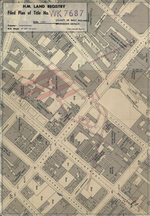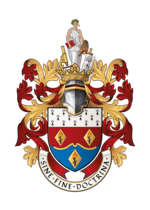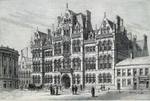Kerrang! Radio
Bauer RadioKerrang!Radio stations established in 2004Radio stations in LondonRock radio stations in the United Kingdom ... and 1 more
Use British English from July 2017

Kerrang! Radio is a specialist digital rock music radio station owned and operated by Bauer and forms part of the Kiss Network. As of June 2023, the station has a weekly audience of 364,000 listeners according to RAJAR.
Excerpt from the Wikipedia article Kerrang! Radio (License: CC BY-SA 3.0, Authors, Images).Kerrang! Radio
Lionel Street, Birmingham Ladywood
Geographical coordinates (GPS) Address Nearby Places Show on map
Geographical coordinates (GPS)
| Latitude | Longitude |
|---|---|
| N 52.482325 ° | E -1.905423 ° |
Address
Royal Mail
Lionel Street 86
B3 1DG Birmingham, Ladywood
England, United Kingdom
Open on Google Maps










